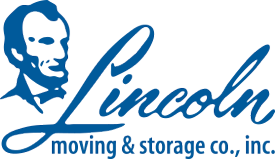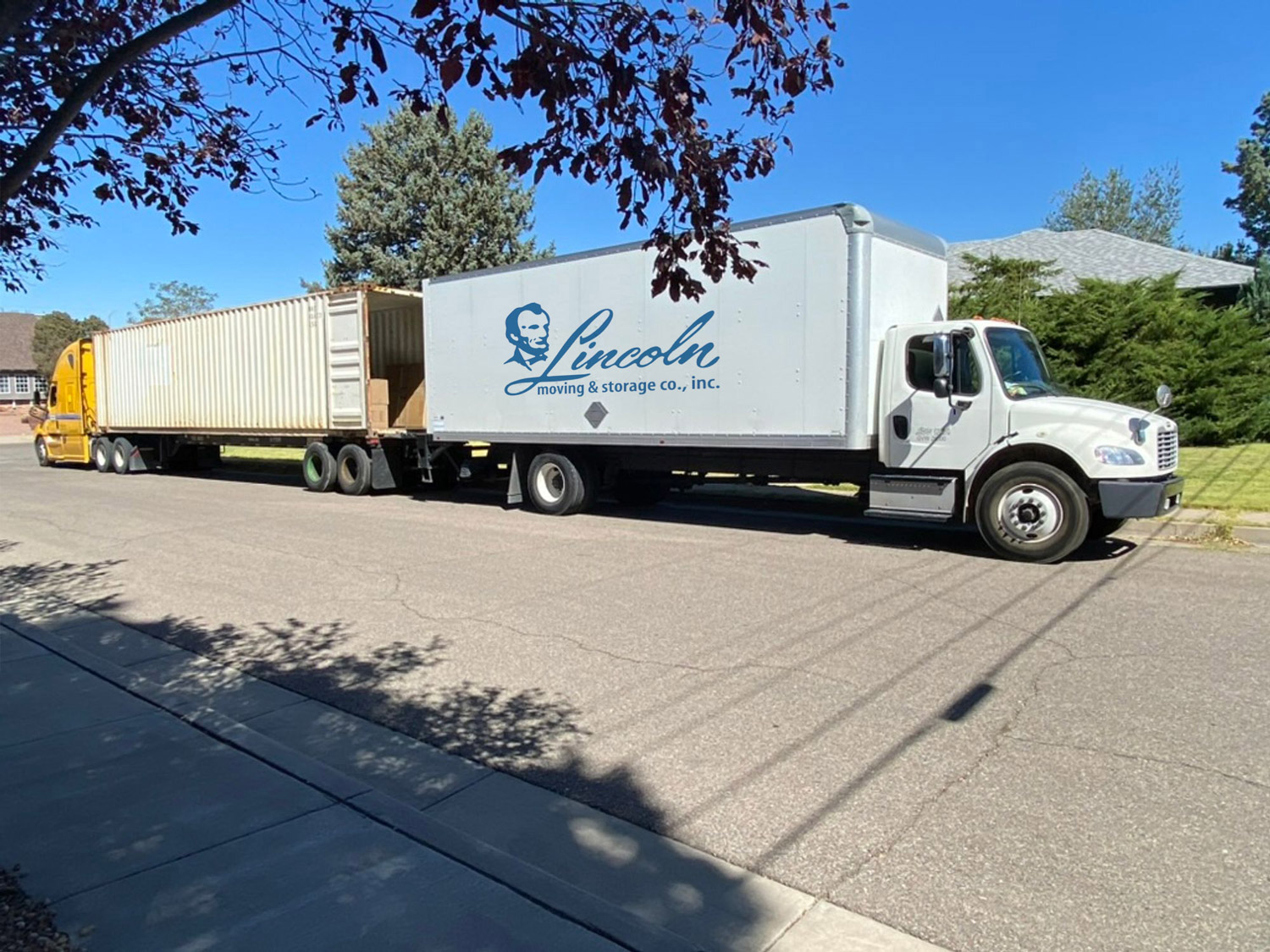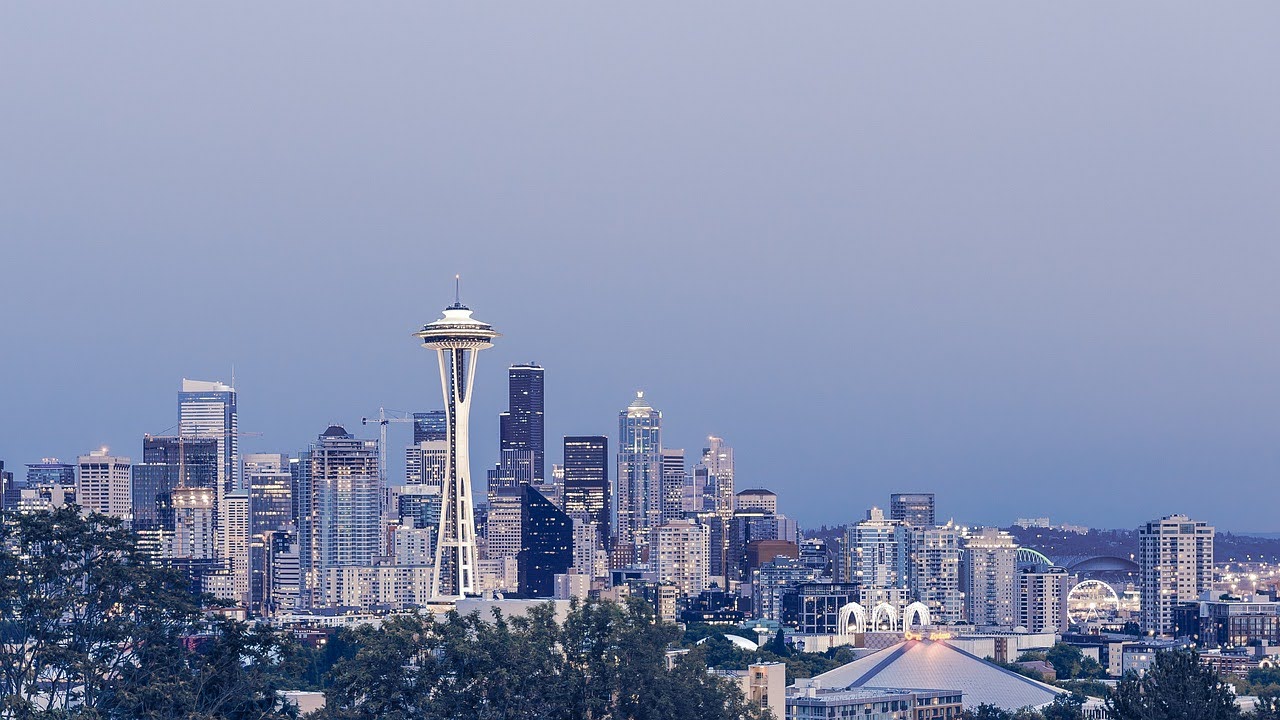Best Seattle Neighborhoods for Young Professionals
Full of trendy neighborhoods and located on the Puget Sound, Seattle’s job market is booming, especially in tech, biotech, design, and aerospace. But when the workday ends, where you live shapes how you spend your time—do you walk to breweries, hop on the light rail, or kayak on Lake Union?
If you’re a young professional looking to balance career growth, social life, and lifestyle perks, Seattle has a neighborhood for you. Here’s a breakdown of the top places to live in 2025 based on walkability, nightlife, commute access, crime rate, affordability (relatively speaking), and vibe.

Table of Contents
- Seattle Neighborhood Comparison
- Capitol Hill
- South Lake Union
- Fremont
- Ballard
- Belltown
- University District
- Downtown Seattle
- Columbia City
- Safety Snapshot
- Affordability in Context
- Choosing the Right Fit
- Final Thoughts

Seattle Neighborhood Comparision: Safety, Rent, and Lifestyle Fit
| Neighborhood | Safety Overview | Median 1BR Rent | Relative Affordability | Best For |
| Ballard | Generally safe; some bike theft reports | $2,400–$2,700 | Above median | Nightlife, culture, breweries |
| South Lake Union (SLU) | Corporate security; quiet at night | $2,800+ | High-end | Zero commute, waterfront access |
| Capitol Hill | Active nightlife; some property crime | $2,335 | Above median | Nightlife, culture, quirks |
| Fremont | Moderate; porch thefts in busy spots | $2,500–$2,700 | High | Nightlife, quirky culture |
| Columbia City | Varies block-to-block; community-focused | $2,242 | Slightly above city median | Affordability, neighborhood vibe |
| U-District | Higher petty crime near campus | $2,050 | Near city average | Student-friendly, affordability |
| Downtown Seattle | Mixed safety; busy late-night activity | ~$2,800 | High-end | Zero commute, walkability |
| Belltown | Well-lit but noisy; some overnight issues | $2,040 | Slightly below SLU, still high | Waterfront access, walkability |
Capitol Hill
Vibe: Creative, expressive, always on
Why It Works: You won’t be bored. Capitol Hill is full of nightlife, live music, bookstores, bars, brunch, and parks. It’s walkable, vibrant, and a cultural hub for the city.
“The neighborhood is one of the city’s most popular nightlife and entertainment districts and is home to a historic gay village and vibrant counterculture community,” states Wikipedia.

Pros:
- Top-tier nightlife and restaurants
- Walkable to downtown
- Rooftop lounges and dog-friendly parks
- Light rail access
- LGBTQIA+ inclusive and artist-friendly
Cons:
- Can be chaotic and noisy
- “Capitol Hill is one of the largest, and most densely populated, residential neighborhoods in Seattle,” Very Apt states.
- “Capitol Hill is one of the largest, and most densely populated, residential neighborhoods in Seattle,” Very Apt states.
- Expensive rent (~$2,400–2,800 for a 1BR)
- As of June 24, 2025, “Capitol Hill rentals average $1,931 for a studio rental to $8,548 for a 4-bedroom rental. The median price of all currently available listings is $2,335, or roughly $4 per square foot,” reports RentHop.
- Limited parking
- Property crime near nightlife areas
South Lake Union (SLU)
Vibe: Clean, polished, tech-forward
Why It Works: Amazon HQ territory. If you work in tech or biotech, this is commute-free living. Tons of new apartments, gyms, rooftop lounges, and cafes. It’s conveniently located near Lake Union, perfect for kayaking or biking.

Pros:
- 5-minute walk to tech offices
- New buildings and amenities
- Offers bike lanes, streetcar and bus access, and is close to light rail
- Lakefront access and proximity to downtown
- No car needed – walkable streets with bike lanes
Cons:
- Feels corporate and lacks older charm
- Few local “neighborhood” businesses
- High rents ($2,500–$4,000+ for 1BR) and condo pricing
- Minimal nightlife and not much of a weekend scene
- While generally safe, package theft and after-hours emptiness are common concerns.
Fremont
Vibe: Quirky, artistic, connected
Why It Works: As the self-proclaimed “Center of the Universe,” Fremont boasts indie shops, cafes, public art, tech offices (including Google and Adobe), and a great mix of walkability and quirkiness. It’s where engineers and creatives hang out together.
Pros:
- Quirky and tight-knit community
- “Where else will you find a troll, a drawbridge, a rocket, dinosaurs, art you can dress up and a Lenin statue all within walking distance of eachother?” asks Fremont.com.
- Artsy vibe with murals, vintage shops, and street fairs
- Highly walkable and bikable; right next to Pike Place Market
- Close to Google, Adobe, Tableau, and more
- Tons of local restaurants, cafes, bars, and local markets – no chains needed
Cons:
- No light rail yet, buses only; nearest Link station is U-District
- Gets packed with visitors on the weekends
- Limited big-box grocery stores
- Bike and porch theft have been reported in high-traffic areas
- Rent and home values are increasing (Homes ~$900K–1.1M; rent ~$2,300–2,700)
- As of May 31, 2025, “The average Fremont, WA home value is $917,430, down 0.7% over the past year,” states Zillow.
Ballard
Vibe: Trendy, independent, maritime
Why It Works: Ballard boasts a good mix of walkable lifestyle, bars, small venues, and proximity to water. It’s young-professional-friendly but less chaotic than Capitol Hill.

Pros:

- Walkable to bars, cafes, restaurants
- Electic and artsy with a strong sense of community
- Great mix of rental options
- Slightly more relaxed than downtown areas
- Close to Burke-Gilman Trail and Lake Union
Cons:
- Housing prices are high
- “In May 2025, the median listing home price in Ballard was $889K, trending up 4.6% year-over-year. The median listing home price per square foot was $599. The median home sold price was $964K,” Realtor.com reports.
- Nightlife noise and weekend congestion
- Property crime, like bike theft, is occasionally reported near commercial clusters.
- Limited parking and high traffic on narrow streets
- Overtourism and crowds
Belltown

Vibe: High-rise, urban, waterfront-adjacent
Why It Works: Located next to downtown and the waterfront, Belltown is a compact, convenient, and stylish neighborhood. Think sleek condos, bars, rooftop decks, and an elevator commute.
Pros:
- Total walkability, just steps from Pike Place and Seattle Center
- Scenic views and waterfront access
- Close to major employers like Amazon and Expedia
- Public areas are well lit at night
- Great condo and apartment options with amenities such as rooftop decks, gyms, dog spas, and coworking lounges
Cons:
- Tourist overload and limited parking
- Less green space compared to other cities
- Can feel commercial, not neighborhood-y
- Some residents have reported noise or safety concerns during overnight hours.
- Expensive rent (1BR ~$2000) and cost of living
“Belltown rentals average $1,454 for a studio rental to $3,602 for a 2-bedroom rental. The median price of all currently available listings is $2,040, or roughly $3 per square feet,” states RentHop.

University District (U-District)
Vibe: Academic, energetic, evolving
Why It Works: Thanks to the University of Washington (UW), the U-District has a steady pulse of new ideas, diverse global food options, and affordable rentals (compared to other core neighborhoods). Plus, it’s now connected by light rail.
The U-District was a pivotal part of Seattle’s growth. “From its early days as a hub for the arts and counterculture movements to its current status as a bustling urban center, the neighborhood reflects the dynamic evolution of the city,” States UDistrictSeattle.com.

Pros:
- Proximity to UW and all the green space on campus
- Light rail access and very bikeable
- Younger demographic, making it easier to meet other professionals in their 20s and 30s
- Budget food, and relatively affordable rent and housing
- Close to Burke-Gilman Trail and Lake Union
Cons:
- Can be noisy during the school year and has a ‘college town’ feel in areas
- Older housing stock
- Fewer professional networking opportunities than in SLU or Belltown
- Parking is difficult
- Petty crime is often reported near campus in some areas
Downtown Seattle
Vibe: Fast, loud, walkable
Why It Works: If your office is downtown, the commute is extremely easy. You’ll save time, live near everything, and walk to museums, bars, and the ferry.

Pros:
- No commute if your office is located downtown
- Highly walkable area
- Great for events and nightlife
- Fast-paced urban energy
- Public transit hub – easy access to the light rail, ferries, and buses
- Urban views and luxury high-rises
Cons:
- Limited space, little green – not ideal for pets
- Expensive and scarce parking
- Less of a community vibe
- High house prices (~$650K–~900K) and rents (~$2,800/month)
- Lots of crowds and tourist traffic
- Higher crime reported after dark in tourist areas.
Columbia City (Bonus Pick)
Vibe: Underrated, community-first
Why It Works: If you want a balance between neighborhood charm and good transit access, Columbia City is a rising star. It’s diverse, affordable (by Seattle standards), and has its own local scene.
Pros:
- Welcoming community with a farmers market, bakeries, and a historic feel
- Diverse culture with a wide array of restaurants
- Link light rail station
- Proximity to parks, hiking trails, and nature makes it a pet-friendly neighborhood.
- More affordable than Capitol Hill or SLU
- More space than downtown, Capitol Hill, and other urban neighborhoods
Cons:
- 20-40 min drive to downtown, depending on traffic
- Limited nightlife
- Lots of traffic and a lack of road safety
- Smaller grocery selection
- Uneven neighborhood development – some blocks feel underdeveloped
- Safety varies by block, with some areas reporting more car break-ins and underlit streets.
Safety Snapshot: What to Know
For young professionals, especially those who commute at night or live alone, neighborhood safety is a significant consideration. Based on local reports and public data, here’s a broad overview:
| Neighborhood | Safety Overview |
| Ballard | Generally safe; some bike theft reports |
| South Lake Union | Corporate security presence; quiet at night |
| Capitol Hill | Active nightlife, some property crime |
| Fremont | Moderate; porch thefts in busy spots |
| Columbia City | Varies block-to-block; community-focused |
| U-District | Higher petty crime near campus |
| Downtown Seattle | Mixed, crowded, and active late-night areas |
| Belltown | Well-lit but noisy; occasional overnight issues |
📊 See the Seattle Police Department Crime Dashboard for real-time insights.
Affordability in Context
The average rent for an apartment in Seattle is $2,258,” states RentCafe as of June 24, 2025. The average renter earning around $72,000 per year can afford about $1,800 per month based on the 30% rule.
So when we refer to a neighborhood as “affordable,” it’s in relative terms—more affordable than areas like South Lake Union or Belltown, but often still above the city median.
| Neighborhood | Median 1 Bedroom Rent | Relative Affordability |
| Columbia City | $2,242 | Slightly above city median |
| U-District | $2,050 | Near city average |
| Capitol Hill | $2,335 | Above median |
| South Lake Union | $2,800+ | High-end |
| Fremont | $2,500–$2,700 | High |
| Ballard | $2,400–$2,700 | Above median |
| Belltown | $2,040 | Slightly below SLU, still high |
| Downtown Seattle | ~$2,800 | High-end |
💡 Tip: Roommates and studios help manage costs in higher-end areas.
Choosing the Right Fit
| Priority | Neighborhoods to Consider |
| Zero commute | SLU, Downtown, Belltown |
| Nightlife scene | Capitol Hill, Ballard, Fremont |
| Affordability | U-District, Columbia City |
| Culture + quirks | Fremont, Capitol Hill, Ballard |
| Waterfront access | Belltown, SLU |
Final Thoughts
Young professionals have no shortage of options in Seattle. The key is deciding what you value most: walkability, convenience, personality, or affordability. Whether you’re climbing the ladder at Amazon or freelancing from a laptop, Seattle offers neighborhoods that suit your lifestyle, especially when you consider factors such as cost, commute, vibe, and safety.











